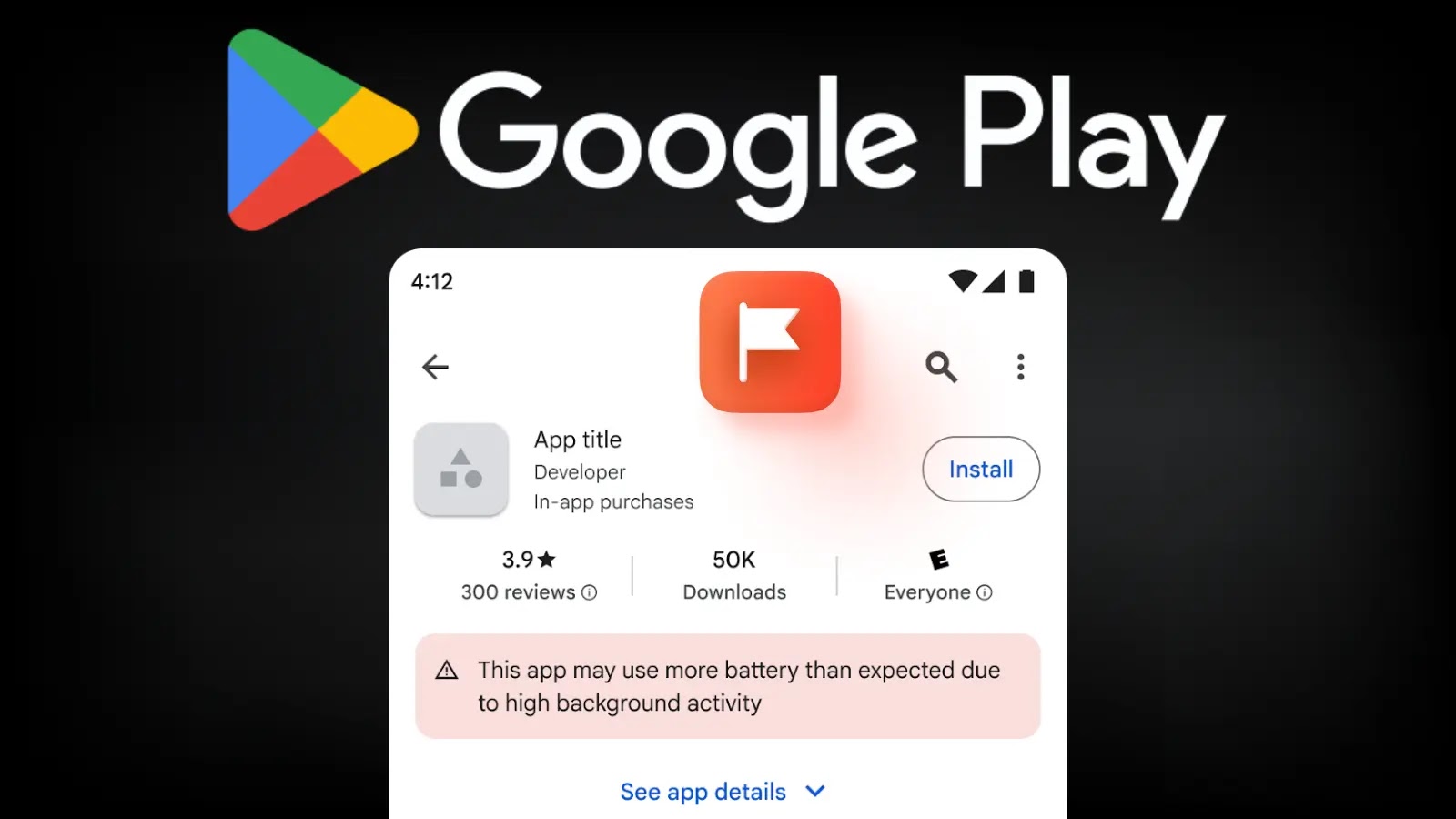Google to Flag Battery-Draining Apps on Play Store Starting March 2026
In a significant move to enhance user experience and device longevity, Google has announced a new initiative aimed at identifying and flagging Android applications that excessively drain battery life. Beginning March 1, 2026, apps that fail to meet established battery efficiency standards may face reduced visibility on the Play Store and could be accompanied by warning labels alerting users to potential battery consumption issues.
Introduction of ‘Excessive Partial Wake Locks’ Metric
Central to this initiative is the introduction of a new core vitals metric termed excessive partial wake locks. This metric is part of Google’s Android vitals program and is designed to measure the duration for which apps prevent devices from entering sleep mode—a primary contributor to battery drain. An app will be flagged if it holds more than two cumulative hours of non-exempt wake locks within a 24-hour period in at least 5% of user sessions over the past 28 days.
Collaborative Effort with Samsung
This development is the result of a collaborative effort between Google and Samsung. By combining real-world user experience data with insights from the Android platform, the two tech giants have refined the algorithm to more accurately represent actual user needs. Samsung’s extensive knowledge of battery consumption patterns has been instrumental in enhancing the precision of this metric.
Implications for Developers
Developers have until March 1, 2026, to address any battery drain issues within their applications. Failure to comply with the new standards may result in decreased prominence on the Play Store, affecting recommendations and personalized suggestions. In certain cases, Google may display warning messages on app store listings, informing users that the application may cause excessive battery drain.
To assist developers in rectifying these issues, Google has enhanced the Android vitals dashboard. The updated dashboard now includes a detailed wake lock names table, breaking down sessions by specific tag names and durations. This granular breakdown enables developers to identify and debug long wake locks more effectively within their development environments.
Broader Context and User Impact
This initiative is part of Google’s broader commitment to maintaining high-quality standards across the Android ecosystem. By enforcing performance standards, Google aims to address growing user frustration with battery drain issues. The company encourages developers to review their apps’ performance promptly and consult available technical documentation, blog posts, and videos to understand best practices for reducing wake lock usage.
This move reflects a growing emphasis on user experience and device performance, ensuring that applications contribute positively to the overall functionality and longevity of Android devices.



